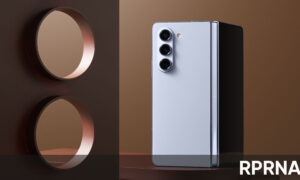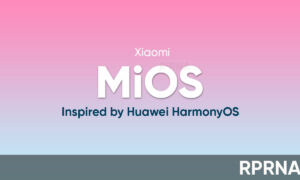According to the latest information, Huawei’s HiSilicon has completed the trial production of its self-developed display driver chip. The company will officially deliver it to the suppliers by the end of the year and it is expected to be equipped with Huawei products.
The Chinese tech giant began the research and development on the panel driver IC back in 2019. Further, it also cooperated with BOE to achieve the tape out of HiSilicon’s first OLED driver IC in the second half of last year.
Join us on Telegram
China’s semiconductor industry is now localizing, especially in those areas that need non-cutting processes. Even after the ban in the US, Huawei has still not given up on the Hisilicon and its semiconductor businesses. The company has even established an exclusive department for the research and development of panel IC drivers.
The driver chip is often the most important component in the OLED displays and it’s relatively difficult to manufacture the OLED driver chips. Taking the Apple iPhone 12 into consideration, the OLED display on the iPhone costs around $70, while the A14 Bionic is $40.

Due to the limitations of OLED panel IC chips, most OLED driver chips need to be optimized according to the screen, which is difficult for boundaries to mass-produce them and the production capacity is tight.
Although BOE and other Chinese manufacturers have already occupied a large share in the global market, they still rely on overseas chipmakers for the OLED panel display chips. The global market is headed by South Korean companies with leading manufacturer Samsung and others took 90% of orders last year. And the remaining 9% was occupied by TSMC.
(Via)










